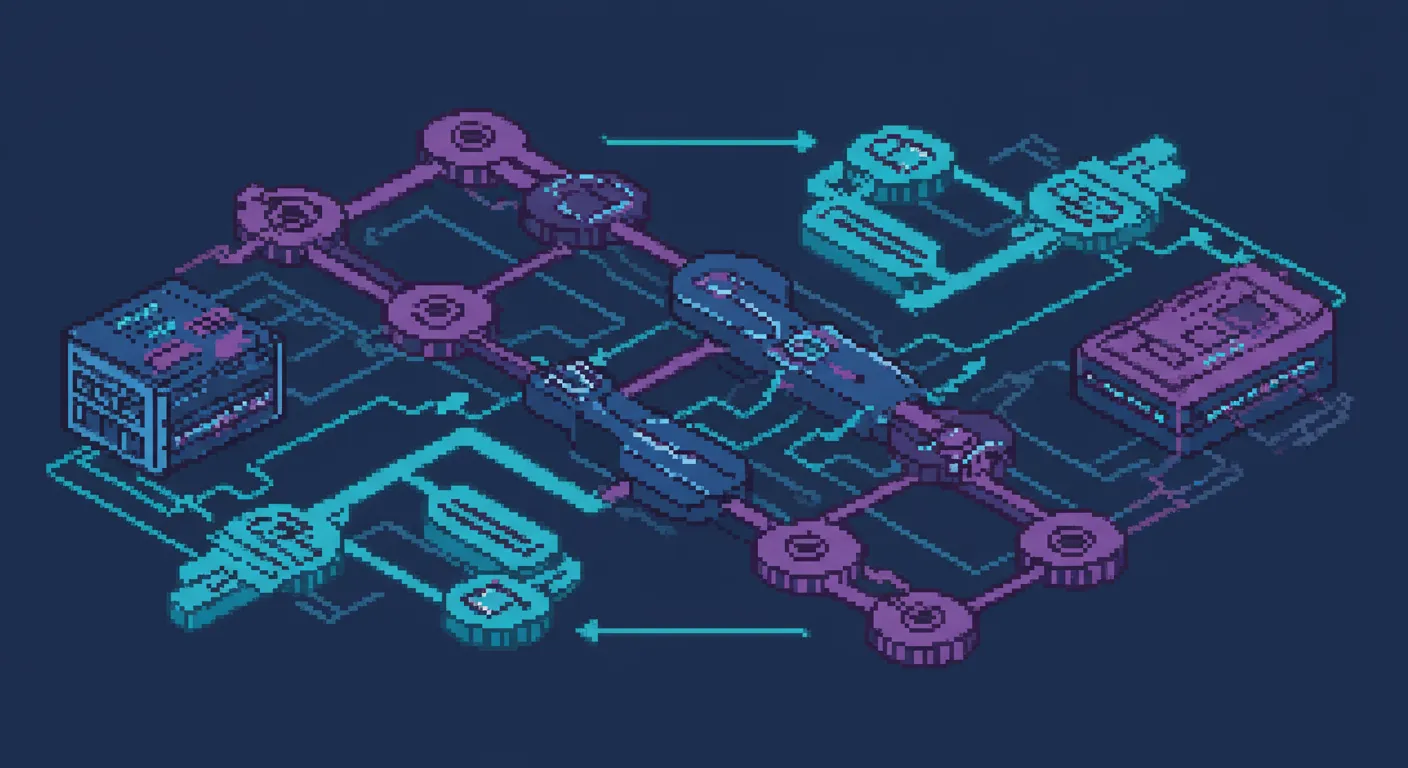In the rapidly evolving landscape of software development, online commentators are exploring radical new approaches to leveraging AI coding assistants. The emerging strategy involves running multiple language models simultaneously across different Git worktrees, a technique that promises to dramatically reshape how developers approach complex coding tasks.
The core premise is surprisingly simple: instead of relying on a single AI agent, developers are experimenting with parallel processing. By spinning up multiple AI instances working on variations of the same task, they increase the probability of generating usable code. This approach isn't about perfection, but about statistical likelihood – each prompt is essentially a "dice roll" with potential for success.
Cost and efficiency emerge as critical discussion points. While some developers see immense potential in running multiple AI agents, others warn about the potential financial implications. Token usage for these parallel workflows could quickly become expensive, raising questions about the long-term sustainability of such approaches.
Interestingly, the conversation reveals deeper philosophical debates about AI's role in software development. Some participants argue that true productivity comes not from mass parallelization, but from carefully designed agent personas with specific roles – researcher, designer, critic, implementer.
The most pragmatic voices suggest that this technique is most promising for specific scenarios: generating initial wireframes, handling repetitive tasks like lint error corrections, or exploring multiple implementation strategies simultaneously. It's less about replacing human developers and more about expanding their creative and productive bandwidth.


